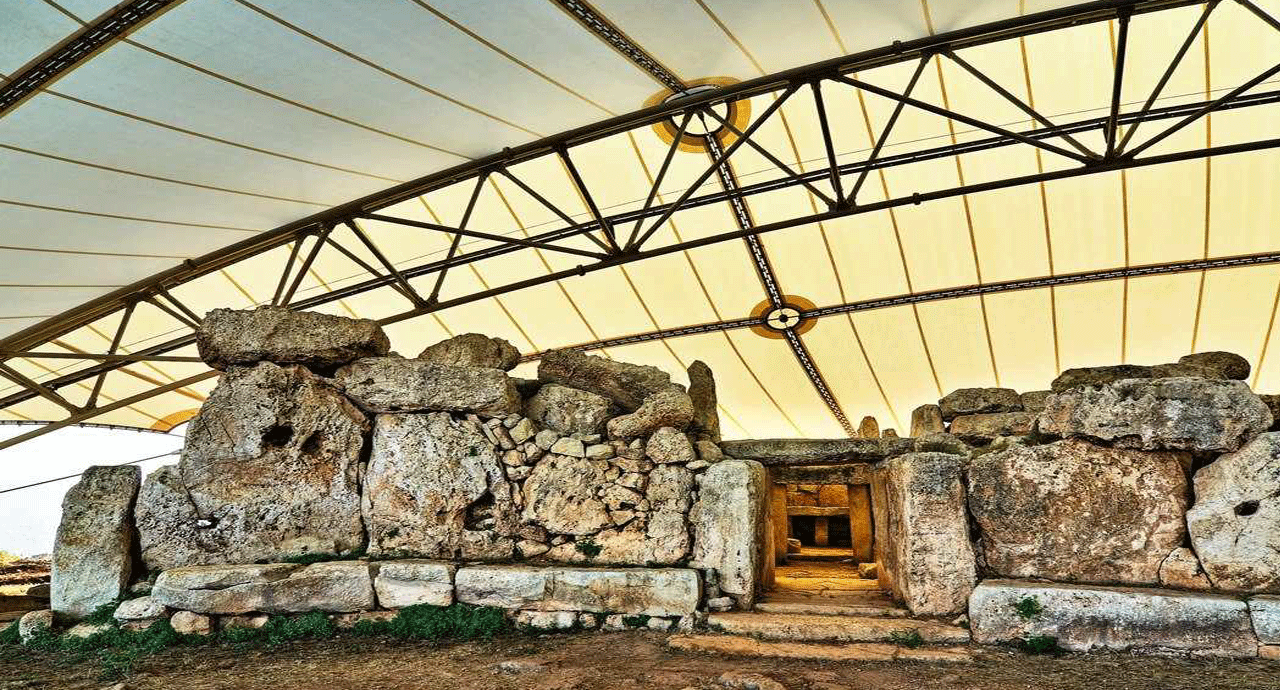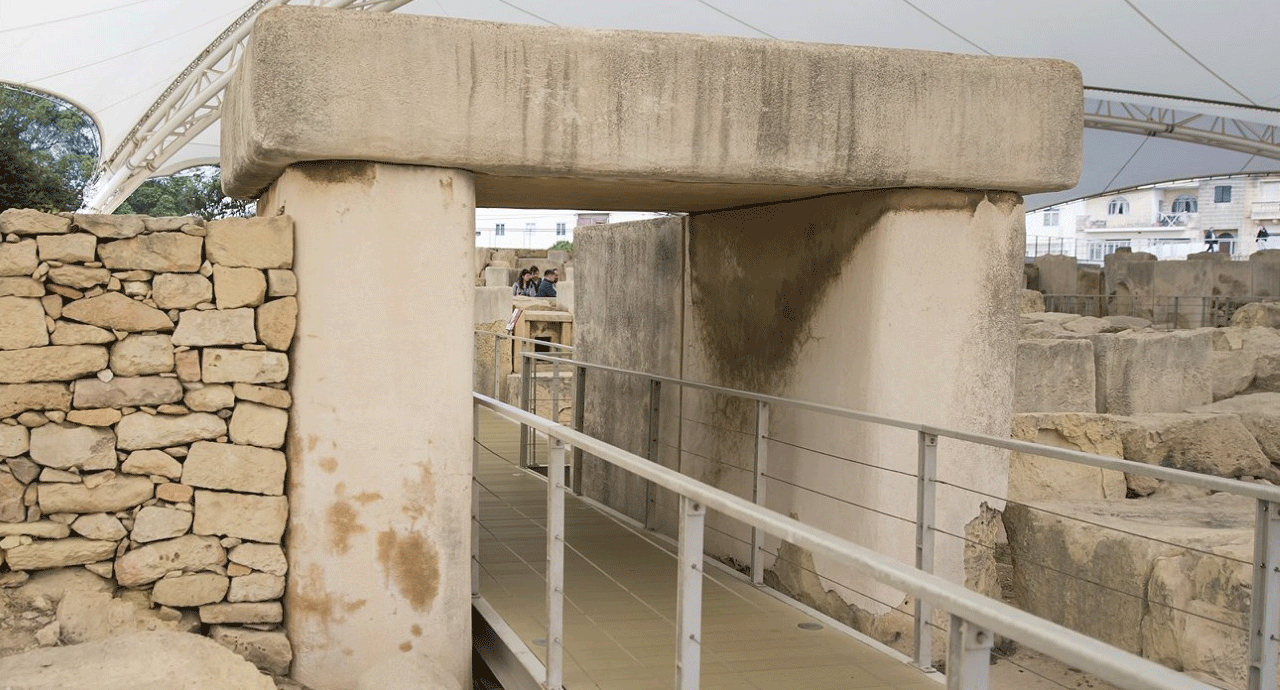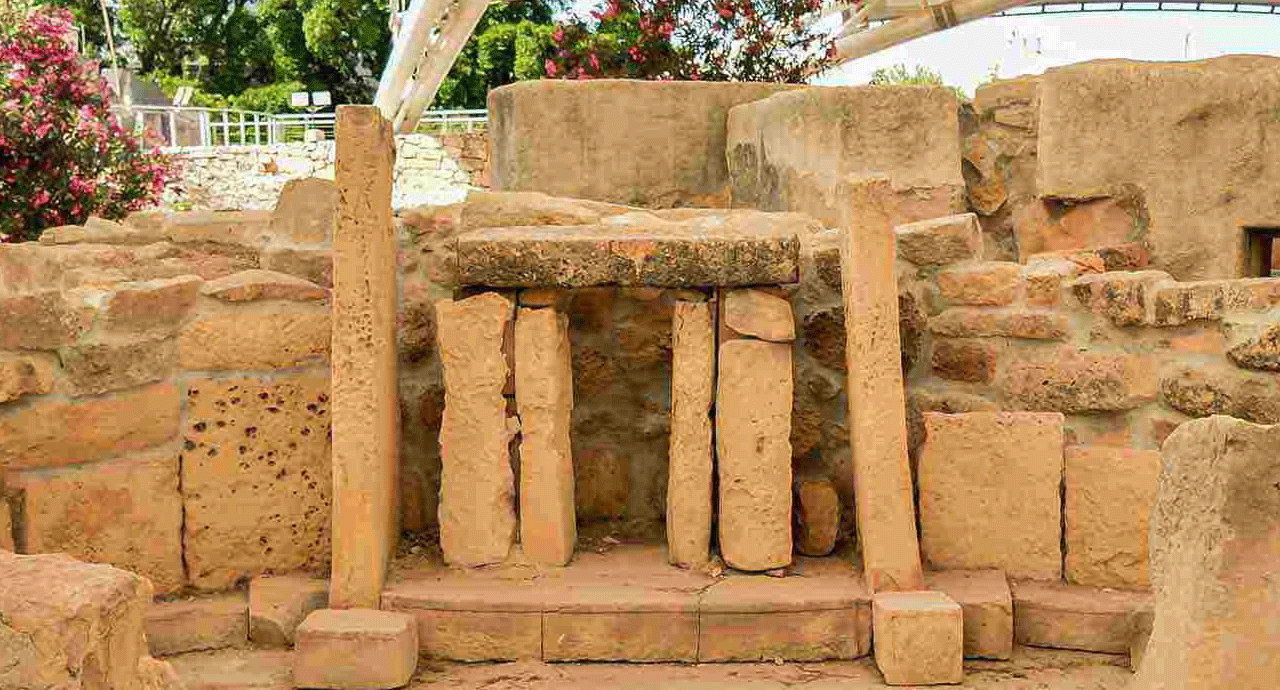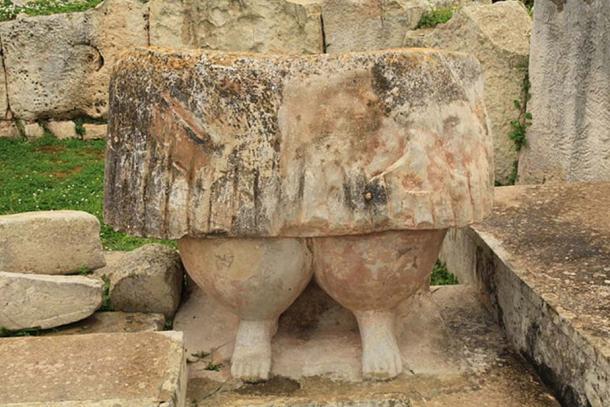Our Latest Blogs
from around the Maltese Islands
Malta's temples
Malta is famous for its megalithic temples. Five archaeological sites (plus one on the island of Gozo) are included in the UNESCO World Heritage List under the joint heading of Malta's Megalithic Temples.
Two of the megalithic complexes, Hagar Qim and Mnajdra, lie in the south of the island, right on the seashore, less than 500 meters apart. We can visit both of them by buying one common ticket. There is also a tourist center at the Hagar Qim temples, which offers its visitors an interesting exhibition and a short film about a unique megalithic site.
Hagar Qim and Mnajdra were restored in the middle of the 20th century. Thanks to the efforts of archaeologists, some of the walls have been rebuilt, and many valuable finds have been found, which are now on display in the Valletta Archaeological Museum.
In the 21st century, both complexes were covered with a special material roof that protects them against the effects of weather conditions.
Hagar Qim
The first complex, Hagar Qim, was built between 3600 and 3200 BC. It was built on a rocky hill overlooking the surrounding area and overlooking the sea. It was quite an unusual location compared to other Maltese temples.
For millennia, the Ha?ar Qim temple was covered in sand, but it never completely disappeared from the surface. It itches about this, among others wall paintings from the last centuries and landscapes of the surrounding area. Archaeological works on the temple grounds began in the first half of the 19th century and lasted over 100 years.
The Hagar Qim complex consists of the main temple and three megalithic structures adjacent to it. The central building, which is characterized by a monumental façade and several internal chambers (called apses), is in the best condition.
The walls of the temple were made of stone blocks several meters high. It is in Hagar Qim that you can see the largest Maltese megaliths - a horizontal block 3 meters high and 6.40 meters wide, weighing nearly 20 tons. Another of the impressive megaliths is 5.20 meters high and rises above the adjacent blocks.
During the tour of the complex, we will enter the interior of the temple. Inside, we can see the layout of the rooms, as well as the preserved fragments of the original roof that covered the interior rooms.
Various artifacts have been found on the premises of the complex. The most important of the found treasures is the statue of Maltese Venus, which we can see in the Archaeological Museum in Valletta. A small statue shows the figure of an obese woman (headless). The Venus of Malta, along with three other figurines, was discovered during the restoration of the archaeological site in 1949. For millennia, they were hidden directly under the steps.
The richly decorated stone blocks visible in the temple grounds are only replicas, and their originals are also in the archaeological museum in the country's capital.
Mnajdra
The Mnajdra complex was built less than 500 meters behind Hagar Qim. The complex of three buildings was built in a more fertile area and had easier access to the sea from the south. Observing the location of other megalithic temples in Malta, it is clear that prehistoric inhabitants built them in areas that were conducive to cultivating the land and offering easy access to the coastline. Each of the three temples in the Mnajdra archaeological site was established at a different time. The oldest and smallest building (located on the north side) dates back to 3600 - 3200 BC. The southern temple was built in the years 3150 - 2500 BC. The youngest of them is the central temple, which was built on an artificial platform. The central and southern buildings are much larger than the northern ones and have a similar layout.
A calendar carved in stone
In the southern temple, a large façade attracts attention. It goes beyond the walls and ends in the courtyard. The main entrance is made of beautiful rocks and it is huge. It is believed that the temple played a role in the solar worship and served as a stone calendar. The main entrance faces east. During the spring and autumn equinox, the first rays of sunlight fall on the boulder in the back wall of the second room. During the summer and winter solstices, the sun illuminates the corners of two stone pillars standing in the corridor connecting the two rooms.
Anyone who would like to have an interesting souvenir from their visit to these amazing temples should take home Maltese coins 1, 2 and 5-cent which depict the altar at the prehistoric temple complex of Mnajdra.




